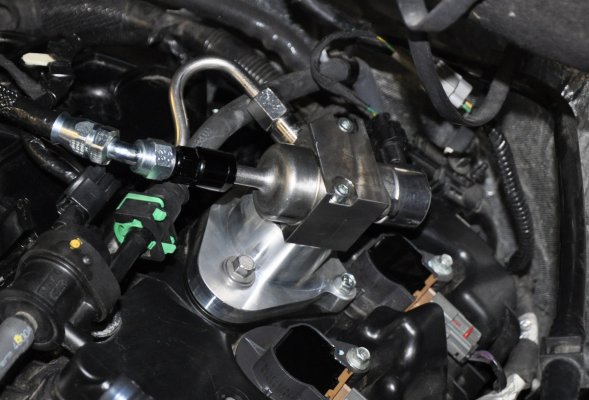smurfslayer
Be vewwy, vewwy quiet. We’re hunting sasquatch77
- Joined
- Dec 16, 2016
- Posts
- 16,234
- Reaction score
- 23,873
and just to be fair the moment they went from the Windsor 2v to the OHC design 4.6, the increased problems started to show up.No, the same cannot be said for any engine going back decades. A Ford 5.0L Windsor would run 250,000 miles, no problem. Might leak some oil due to poor sealing design, but everything was solid. Mod motors were even better, and rarel;y leaked anything. In comparison, for the Ecobosot engines, Ford has a ongoing TSB program to replace timing components for free on Ecoboost engines because it's such a problem. Rationalize it all you want- it is not a very reliable engine when compared to other offerings from both Ford and competitor, both now and in the past. It makes power though- there is no disputing that.
but you know what? We all remember fondly the “simple 5.0 Windsor”. I knew a Ford mech. who worked on them from ’87 through about ’89. The 5.0 wasn’t bullet proof. In fact, the 5.0 Mustangs were the service department’s number 1 visitor.


